Fred Wagner is one of the first American impressionists. Before painting, he began as an anatomy demonstrator, then an illustrator for the Philadelphia Press. It was his recurring participation in the annual art exhibitions of the Pennsylvania Academy from 1906 until his death in 1940 that made him known and allowed him to exhibit at the Armory Show. He lived modestly, often painting the calm landscape in the novelties of the century, the inert serenity of the industrialist.
The subject presents a Pennsylvania countryside, on a muddy snowy road, impassable. We are far from the city, but the horse-drawn carriage pulled by two horses in the center of the composition reminds us of the modern world, near this unidentified building and a single street lamp lit by a fragile candle as the only source of light in this harsh winter. The building could be a dwelling, a forest ranger's house or a simple warehouse, but given the jute bags on the roof of the carriage that could contain letters or other goods, as well as its yellow color, indicating a mail coach, it would more likely be a post office. The latter is lost, near a crossroads with a few barriers, and the lines of the composition flee to rush into the thick leafless forest, without horizon. The human, shown in bright yellow shades, is very small compared to nature in white, brown, blue, purple tones, referring to a feeling of solitude, calm, dreary and silent.
At the bottom right, the painting is signed F. Wagner for the painter, whose full name is Frederick.R Wagner. On the obverse of the painting, the frame stretcher bears the manufacturer's iron mark. "Hans Böhnke, Berlin-Hohenschönhausen, Sabinensteig 7", which tells us about his neighborhood in Berlin, and probably later than the painting, made around 1930. The painted stucco frame is nicely decorated with rocaille elements, in each corner highlights of asparagus, shells, floral motifs and scrolls of rose branches.
Fred Wagner was the subject of a recent monograph in 2010, and is held in many museums throughout the United States.
Bibliography: Smith, Cyndy Drue and Susan Brendlinger, "Fred Wagner An American Painter (1860–1940)", xLibris Corporation, 2010, ISBN 978-1-4415-8023-8
















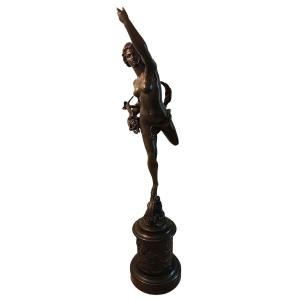
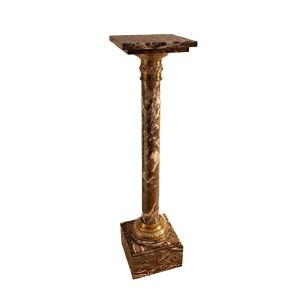
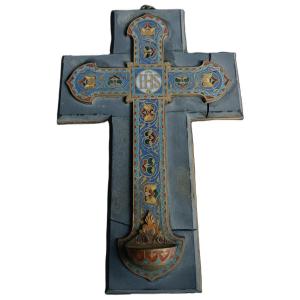



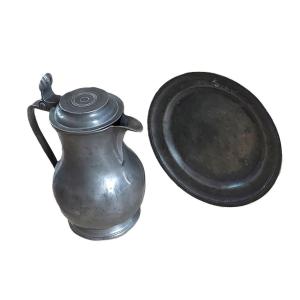

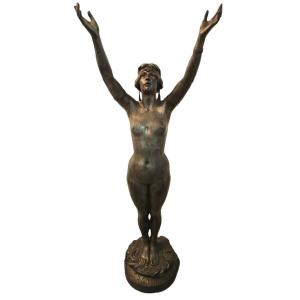

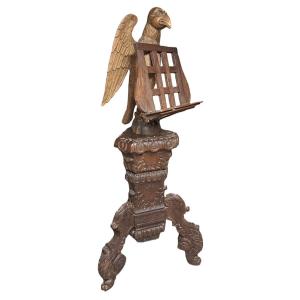
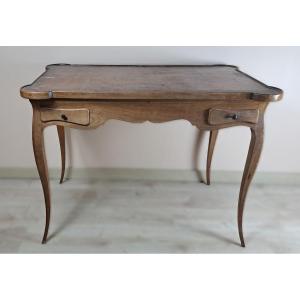
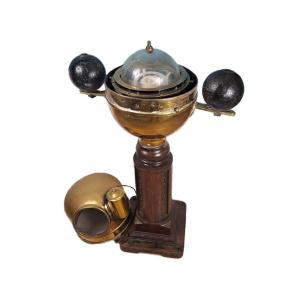
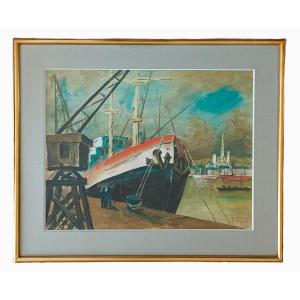
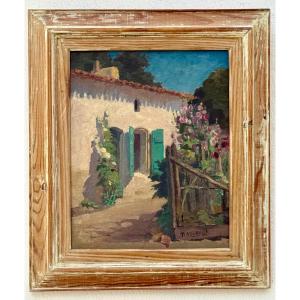
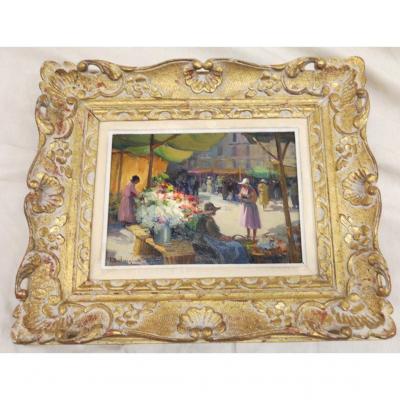


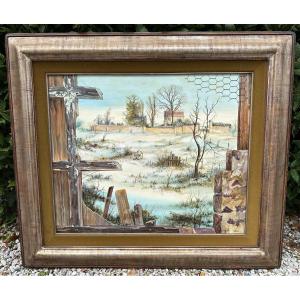



 Le Magazine de PROANTIC
Le Magazine de PROANTIC TRÉSORS Magazine
TRÉSORS Magazine Rivista Artiquariato
Rivista Artiquariato